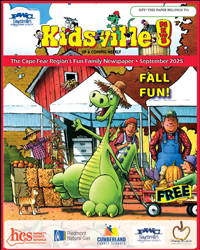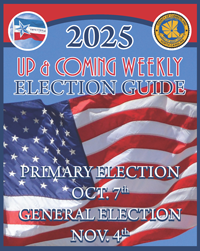 Decades ago, when I moved back to North Carolina from the nation’s capital, my rent dropped by half — for a new apartment that was larger and better furnished than the one I rented just outside Washington, D.C.
Decades ago, when I moved back to North Carolina from the nation’s capital, my rent dropped by half — for a new apartment that was larger and better furnished than the one I rented just outside Washington, D.C.
Today, my native state remains less expensive to live in than the average state. And even our fastest-growing metropolitan areas remain more affordable than most of the metros with which they compete for people, jobs, and business investment.
But these differences are shrinking.
Take the Charlotte metro, for example, which encompasses not only the Queen City but also Concord, Gastonia and dozens of other nearby jurisdictions.
According to data released from the U.S. Bureau of Economic Analysis, the cost of housing, food, transportation and other goods and services in the Charlotte metro is roughly 3.4% lower than the national average.
The Tax Foundation offers a handy website for comparing living costs across the country, translating the BEA data into dollar values.
In other words, if you had $100 to spend on a standard bundle of household goods and services, it would buy you quite a bit more in Charlotte ($103.52) than in, say, Denver, Colorado ($91.61), but only slightly more than in Colorado Springs ($103.26).
All of North Carolina’s metros fare better than average here. You’d get $102.48 worth of goods and services in the Raleigh area, $102.49 in Wilmington, $104.18 in Durham, $105.60 in Asheville, $107.73 in Greensboro, $109.03 in Winston-Salem, $109.07 in Fayetteville, $109.60 in New Bern, $110.95 in Goldsboro, $111.48 in Jacksonville, $111.58 in Greenville, $111.65 in Burlington, and $112.04 in Hickory.
The BEA data aren’t as granular for small towns and rural counties. Very roughly, North Carolinians outside of metropolitan areas get about $114 worth of value per $100 spent.
These are real differences, to be sure. And they’re driven largely by differences in the costs of housing, which in turn reflect a combination of geography and land-use policies.
But if I were writing this column 30 years ago, or even 15, the differences would look far more dramatic.
The fact is that while North Carolina remains a relative bargain, our cost of living has been rising toward the national average for quite a while.
Some of this is just the market at work. As people move here from other states — be it because of job opportunities, climate, quality of life, or some other attraction — they tend to bid up the price of housing and other services purchased here.
When more buyers chase a fixed quantity of a good or service, its price rises.
Of course, when a price goes up in a given location, that also serves as a signal to prospective sellers that they can prosper by selling more of the good or service in that location.
As they respond, supply catches up with demand. Prices moderate.
There is some evidence that, over time, the costs and benefits of living in various locations across the United States have been converging.
The most expensive metro is, not surprisingly, San Francisco. The real value of a hundred dollars spent there is about $83. By comparison, it’s worth about $119 in Anniston, Alabama.
A big difference? Sure, though some might argue that the intangible but deeply valued benefits of living in the Bay Area — though presumably not next to an abandoned store or rowdy park — are worth the tangible cost.
What’s really striking to me, though, is that this gap isn’t really so large anymore.
As North Carolina policymakers continue their efforts to make our state a great place to live, work, play, and invest, they need to pay close attention to our rising costs, especially for housing.
To the extent state and local regulations obstruct the ability of homebuilders, developers, and agents to add more inventory to our housing stock, that keeps prices and rents artificially high.
North Carolina is still a good buy for most individuals, households, and businesses. Let’s keep it that way.

 How to resolve AdBlock issue?
How to resolve AdBlock issue? 









